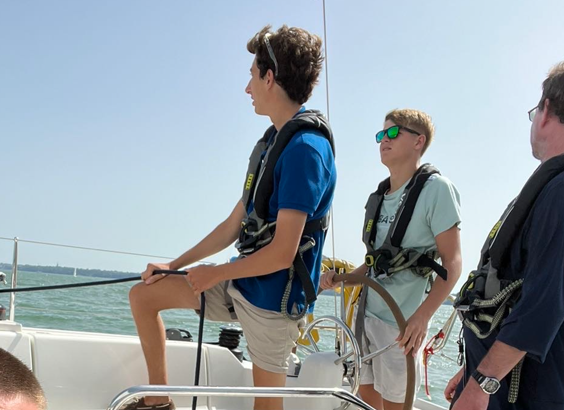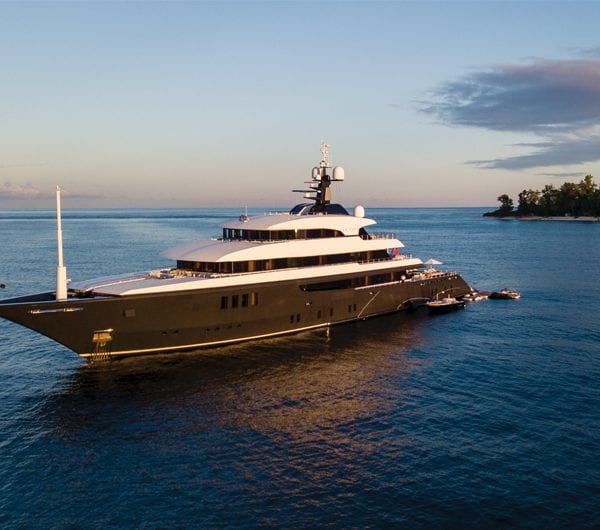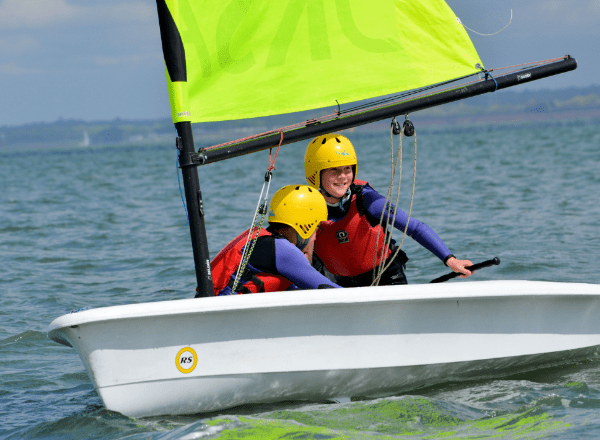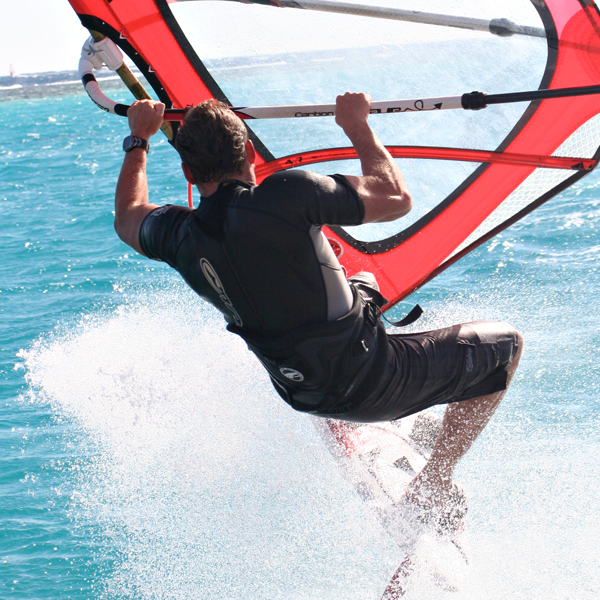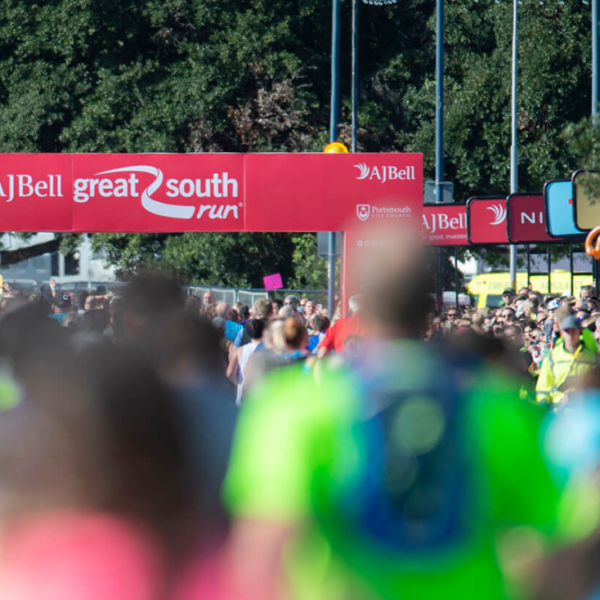Types of sailing boats for beginners
It can be thrilling to explore the world of sailing, especially for beginners who are itching to get out on the water. Your learning curve and level of enjoyment can be greatly impacted by selecting the appropriate kind of sailing boat. This guide explores the best varieties of sailing boats for novices, aimed at ensuring a seamless beginning.
Top 5 types of sailing boats for beginners
You need a boat that is easy to handle, stable, and forgiving of mistakes when you set out on your sailing adventure. Here, we look at five different kinds of sailing boats that are ideal for beginners and offer a fun and safe introduction to sailing.
Dinghies
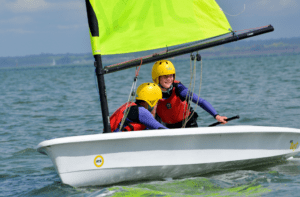
Small, adaptable, and generally less scary for beginners are dinghies. They are great for teaching the fundamentals of sailing, like handling sails and determining the direction of the wind. The Laser is a well-liked dinghiese that is well-known for its responsiveness and simplicity. Since these boats are typically designed for just one person, or “single-handers,” novice sailors can gain practical experience.
Real-life example: Picture yourself sailing a Laser across placid water, letting the sail catch every slight wind. You can rapidly ascertain the cause and effect of your actions on the water thanks to the boat’s immediate feedback.
Keelboats

Keelboats are a great option for people who want a little more stability than dinghies provide. Keelboats, as opposed to dinghies, have a fixed keel that gives the boat more weight and stability and reduces the likelihood of capsizing. Keelboats are therefore a great option for novices who may be concerned about the instability of smaller boats.
Real-life example: Put yourself in control of a small keelboat, such as a Hunter 15, and imagine cutting through the water with assurance. Its sturdy underfoot gives you confidence to practise tacking and jibbing without fear of toppling over.
Catamarans
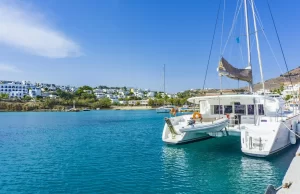
Catamarans’ two hulls, which give them more stability and space, make for a unique sailing experience. For family or group outings, this design provides a comfortable platform and reduces the likelihood of capsizing. Because of their reputation for speed, catamarans are an exciting option for novices seeking a little extra thrill.
Real-life example: Picture yourself speeding across the sea in a Hobie Cat while sailing along the coast and feeling the spray. You can safely push the limits and enjoy the thrilling speed thanks to the boat’s stability.
Daysailers
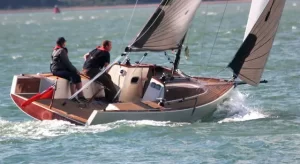
Daysailers are made for daytime use and short trips; they are usually 14 to 20 feet long. They frequently have a tiny cabin that provides some comfort for lounging or sheltering from unexpected downpours. Because they combine the comforts of a larger vessel with ease of handling, daysailers are an excellent choice for novices.
Real-life example: You’re idly cruising a gorgeous coastline on a daysailer, stopping periodically to enjoy the view or have a picnic on board. With this kind of boat, you can enjoy both the leisurely exploration of the coast and the thrill of sailing.
Sloops
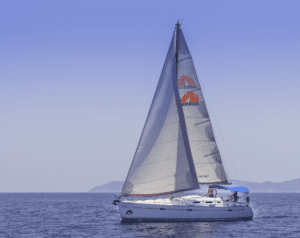
A sloop’s single mast and two sails—a mainsail and a headsail—define them. One of the most popular configurations, this one is especially accommodating to novice sailors. The sloop rig is a great option for novice sailors who are learning sail trim and boat handling because it strikes a good balance between power and simplicity.
Real-life example: Envision setting sail alone for the first time on a small sloop, cruising a calm river while handling the sails. The sloop’s straightforward design lets you concentrate on learning the fundamentals without getting overwhelmed.
Start to sail with UKSA
For novices, starting your sailing journey with the UK Sailing Academy (UKSA) can offer a structured, encouraging environment. The UKSA provides courses that are especially made for inexperienced sailors, fusing theoretical knowledge with real-world on-water experience.
Beginners at UKSA can take advantage of expert instruction that builds their confidence as sailors. In a safe, supervised environment, students gradually learn the fundamentals of sailing, beginning with a basic keelboat course. In order to give novice sailors everything, they need to get started right away, the academy also provides all the equipment they need, including boats and safety gear.
Real-life example: If you enrol in a UKSA beginner’s course, you may begin by learning to sail small dinghies and work your way up to larger keelboats as your abilities develop. This methodical approach guarantees that you gain confidence at a comfortable pace while being supported by instructors and other beginners.
Selecting an appropriate boat and training course is essential for a successful sailing career. The important thing is to choose a boat that fits your comfort level and learning objectives, whether you go for a stable sloop or a dynamic dinghy. You can start your sailing adventure with confidence and skill, prepared to explore the wide, exciting waters that lie ahead, with the correct guidance from organisations like UKSA. Contact us and start your sailing adventure today!
Latest posts
